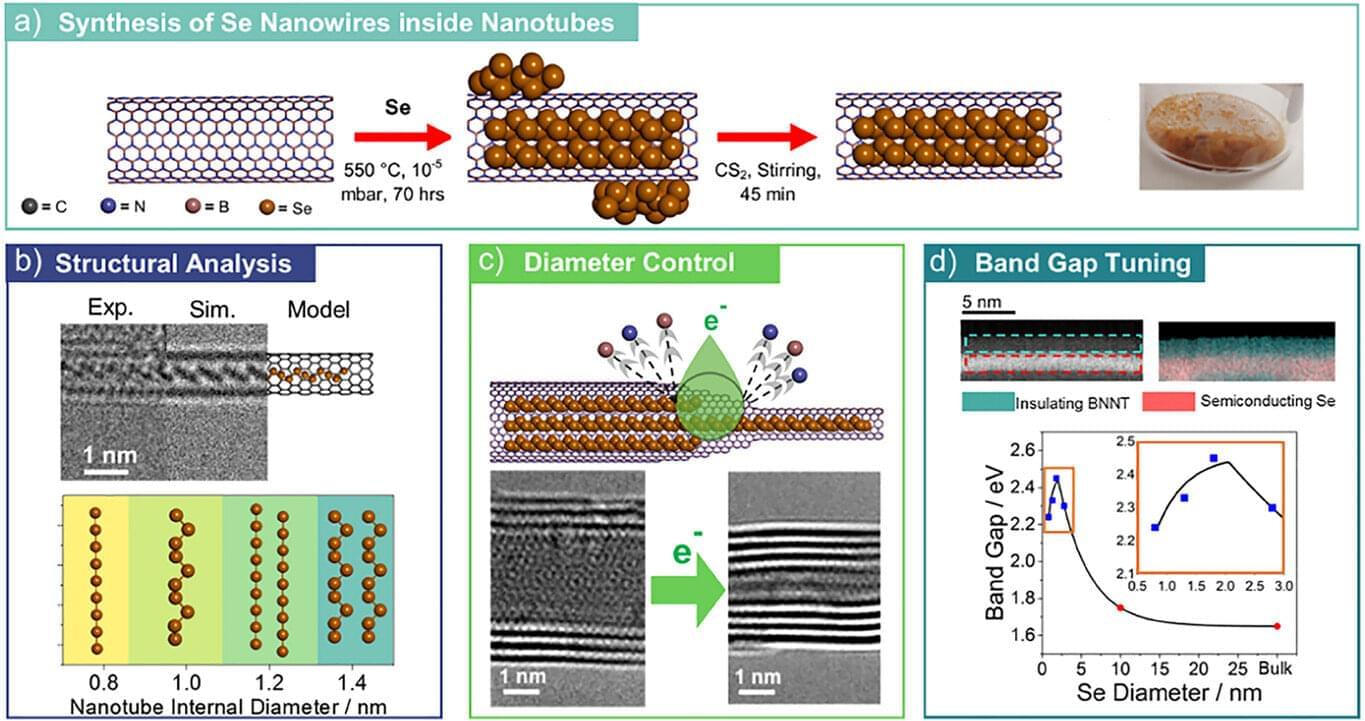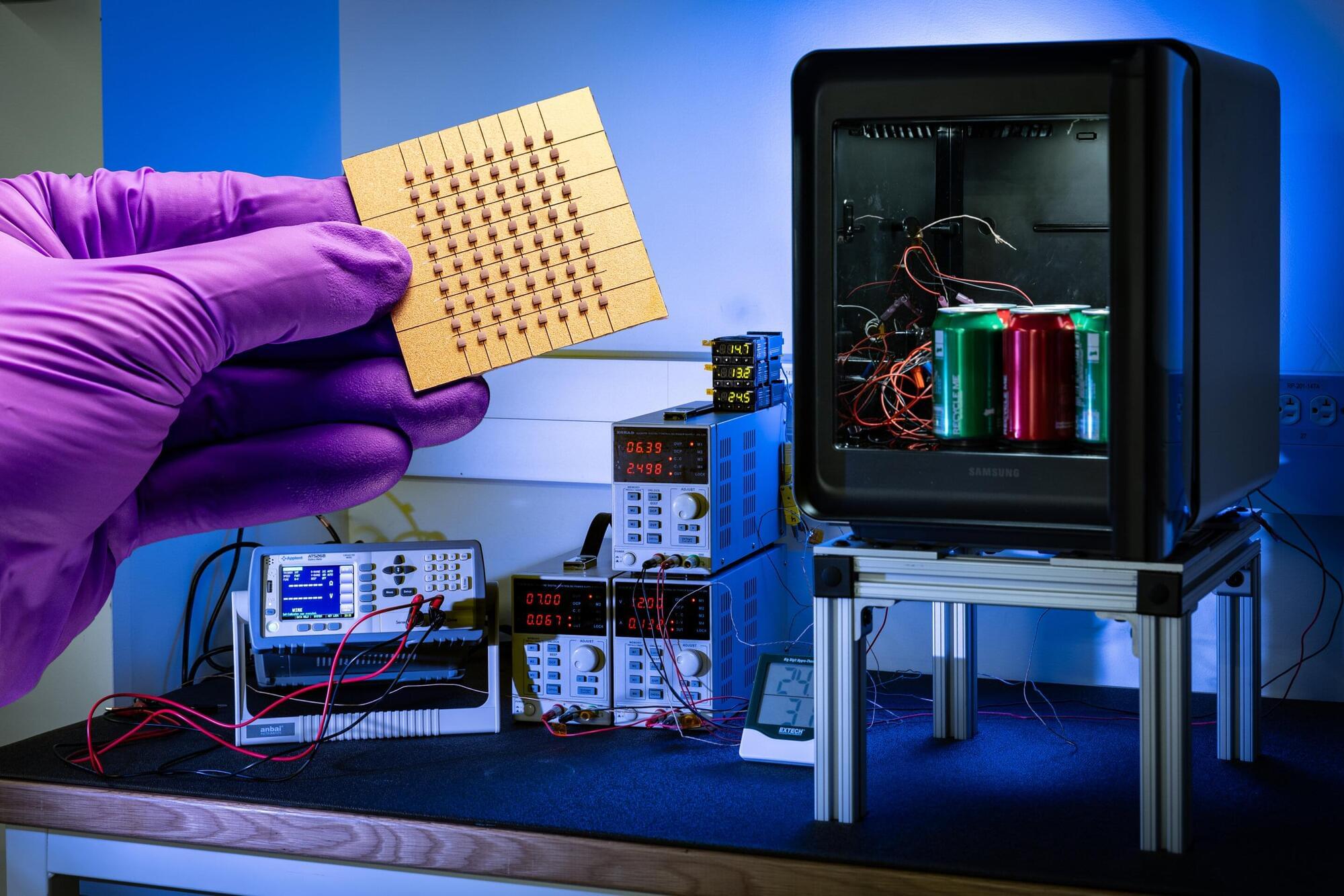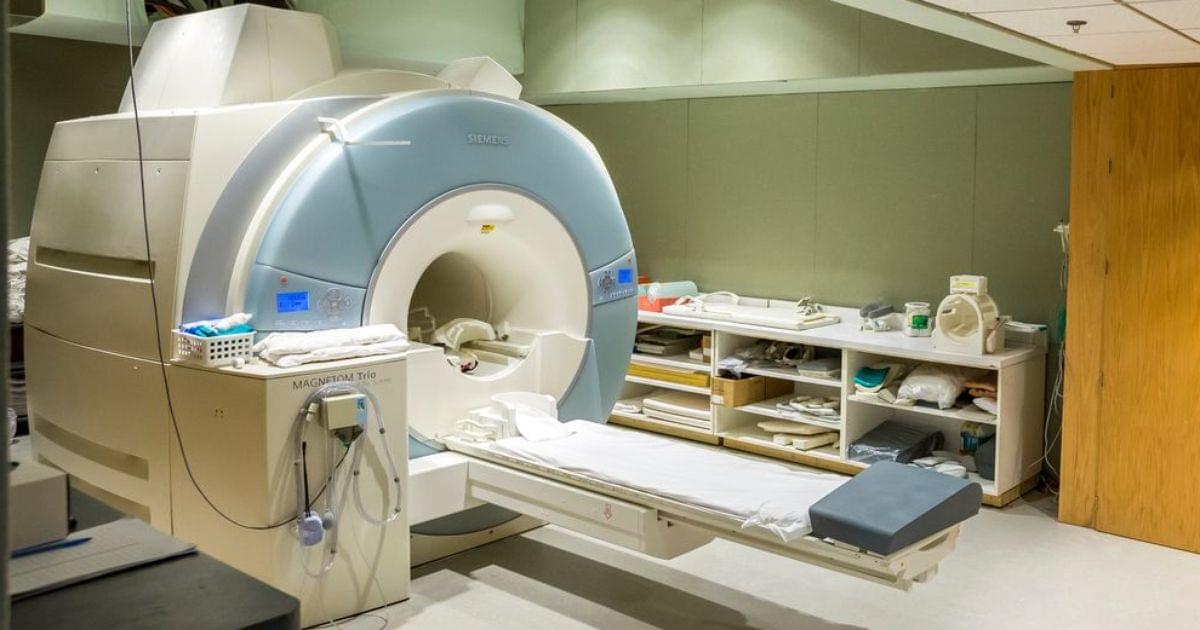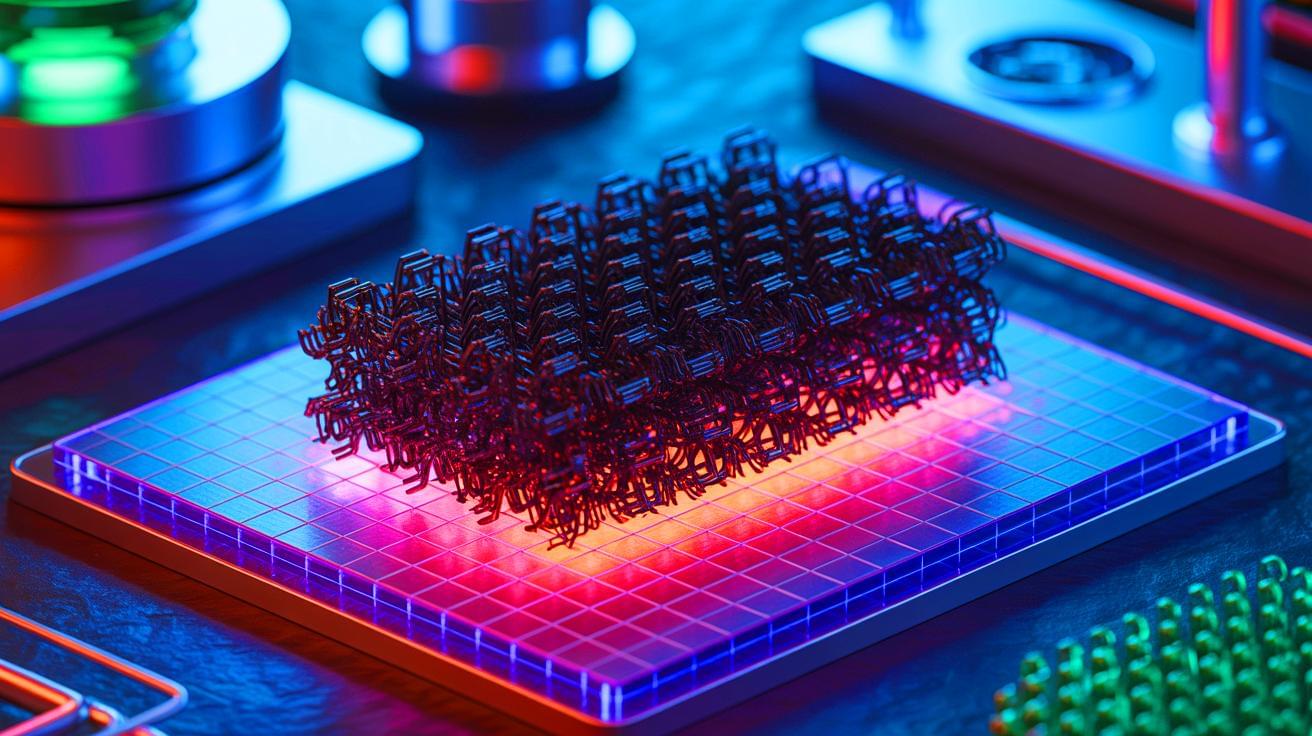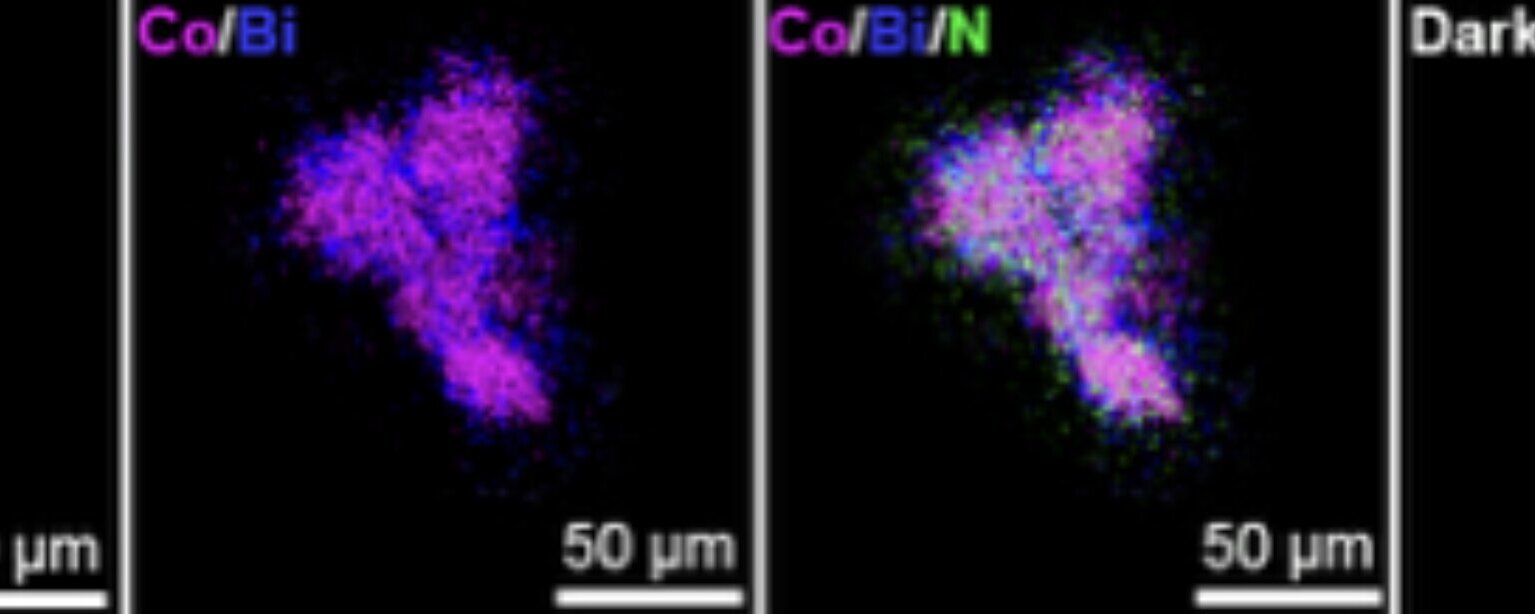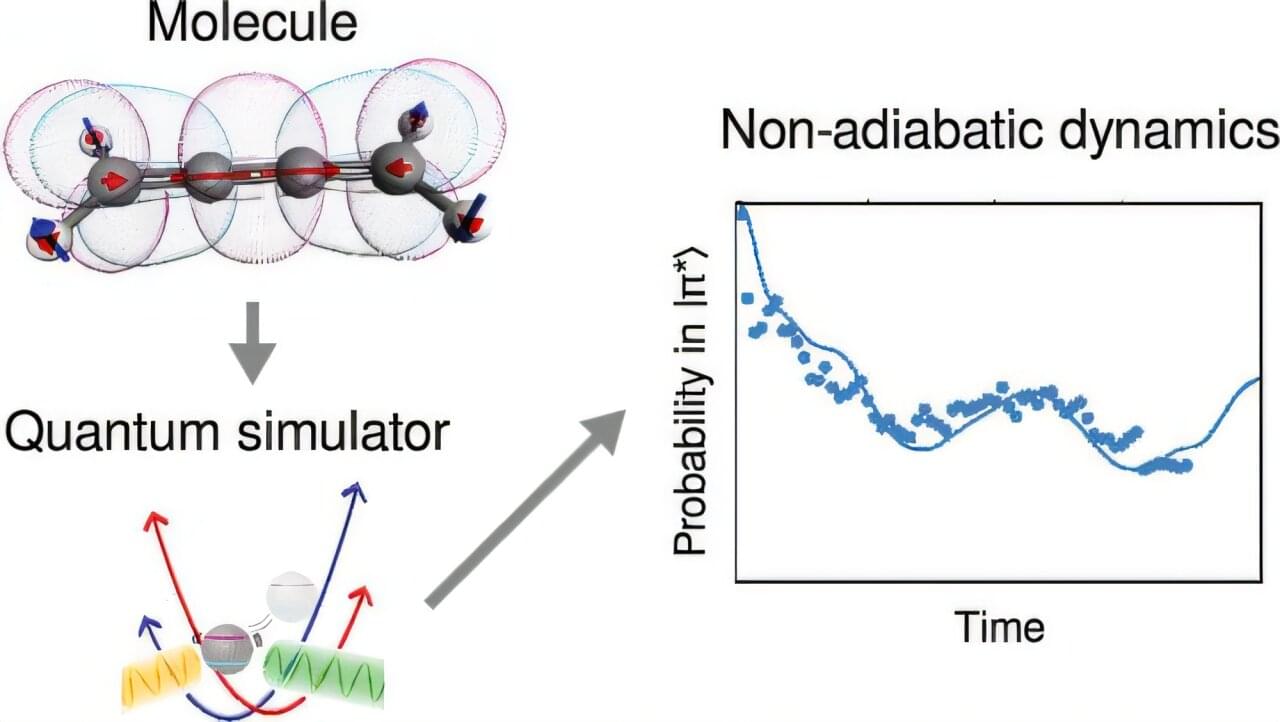Scientists in China have developed contact lenses that let wearers see light normally invisible to the human eye. Cooler still, the lenses work better through closed eyelids, and other versions could help correct color blindness.
The human eye can see a relatively limited range of colors – light with wavelengths of between about 400 and 700 nanometers. In typical human-centric fashion, we call that the ‘visible’ part of the spectrum, even though other animals can see beyond it.
In a new study, scientists have helped humans catch a glimpse of light between 800 and 1,600 nanometers in length, a range we normally can’t see known as infrared. The trick is to pop in a pair of contact lenses embedded with nanoparticles that convert the infrared wavelengths into visible ones.



